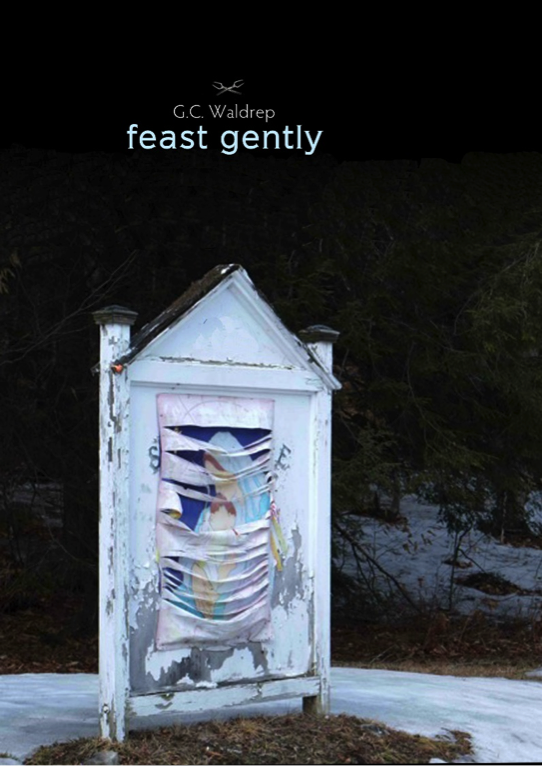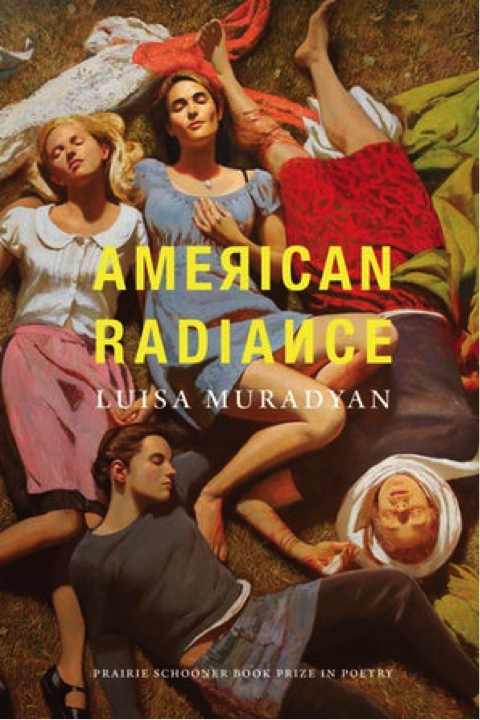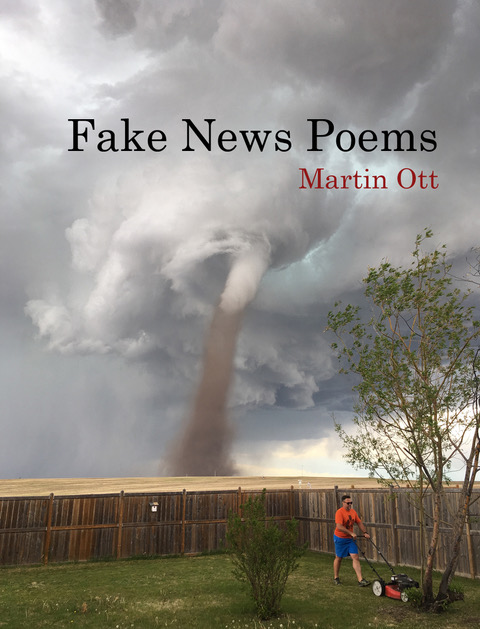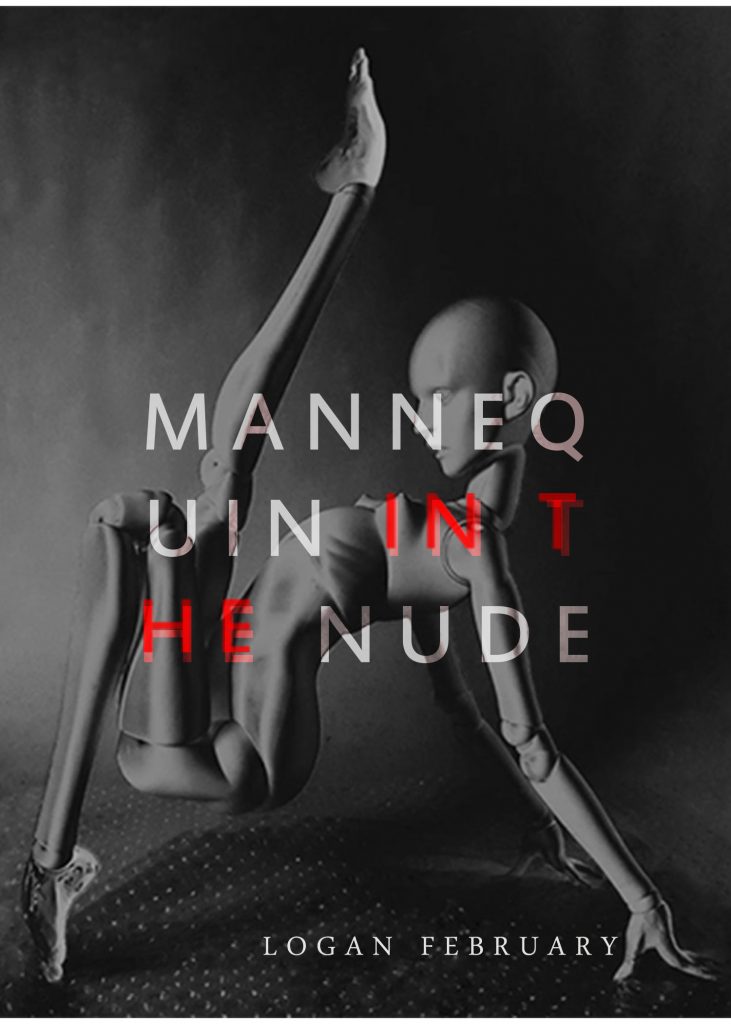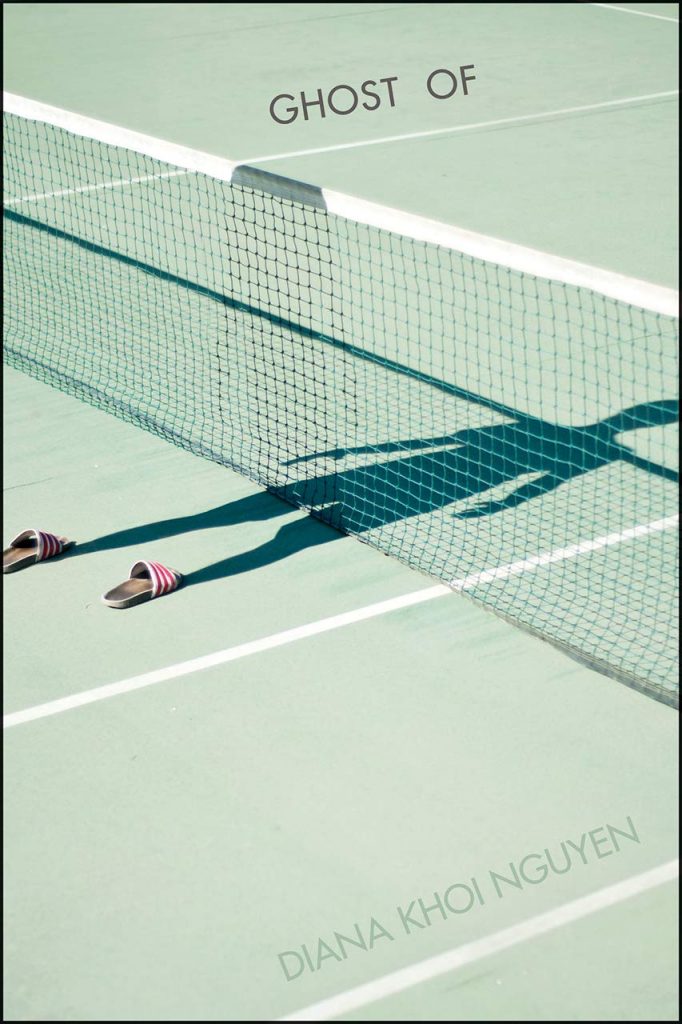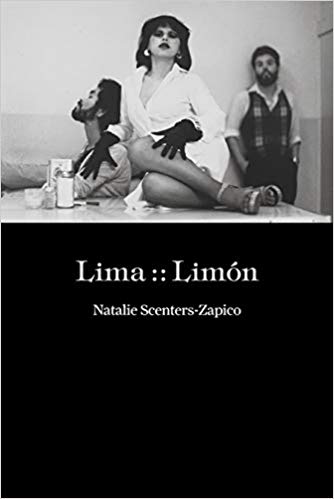
(Copper Canyon Press, 2019)
REVIEW BY ESTEBAN RODRIGUEZ
—
One only needs to look at the current debate regarding reproductive rights in various state chambers across this country to see that there are still political parties and groups that want to limit the legal and social rights and privileges of women, convinced the gap that exists between them and their male counterparts need not be closed. It’s a tiresome fact, and how we as a society view the female body leaves politicians, pundits, and those closest to us with no shortage of opinions. If, however, we believe that literature has the power to spark change, then we must also believe that it acts as a tool to help curate a history we want to leave for future generations, especially if certain narratives don’t align with the realities of marginalized and underrepresented voices. Natalie Scenters-Zapico’s Lima::Limón is not just a collection of poetry, but a conversation that seeks to explore gender roles, machismo, and the figurative and literal borders that simultaneously constrain and liberate the body and its desires.
The collection begins as a snapshot of innocence, with the speaker of the poem “Lima:: Limón: Infancia” explaining that she “wants to be the lemons in the bowl/on the cover of the magazine.” This picturesque image doesn’t last long, however, and three poems later, the speaker is in a completely differently situation, devoid of any still-life serenity.
I lie on my back in the grass & let the weight
of a man on top of me. Out of breath, he searches
for a place on my body that hasn’t flooded.
The only dry patch left is my hair, which he uses
to wipe the sweat from his face. He is disgusted
because I have turned the earth beneath us
damp. He says I am an experience, like standing
in an irrigated grove of lemon trees.
The “man” here, both a specific man and a composite of other men, is dissatisfied with the body in front of him, searching for what hasn’t already be explored and occupied. It sounds harsh using such terms, but that discomfort is what Scenters-Zapico is pushing us toward, and it doesn’t relent when the man says that the speaker’s “moisture/brings mold & [her] body is nauseating.” The image of the lemon enters near the end of the poem, but we are no longer seeing it in the same light as earlier. What was once a symbol of opportunity and tranquility is now an object that is processed for someone else’s pleasure and consumption.
Although the occurrence above might seem mutual (even though there are hints that it is anything but), the speaker, at other times, must ward off men who believe that anything can be bought.
My landscape of curves & edges
that breaks light spectral
is not for sale, but men still knock
on rib after rib, stalking the perfect house –
There is a violence here, and that desire to invade and claim the female body, as if it were real estate, is prevalent throughout. Often times, it’s implicit–a husband criticizing his wife for attempting to surprise him for his birthday by jumping out of a cake; a woman laughing at jokes at her own expense in order to maintain a “porcelain doll” image in her household–but there are poems when this violence is visible, and none other is more direct than “More Than One Man Has Reached Up My Skirt.” The speaker recognizes that she has given up protesting not only the act from which the poem takes its title, but other things: catcalling, being seen exclusively as a servant, and even the guilt that comes with having to resort to an abortion. Despite this, the speaker finds herself “lucky” due to the fact that “other girls/work in maquilas” or “work in brothels” or “are found/wearing clothes/that don’t belong to them, or no/clothes at all” or “are found/with puta/written in blood across/their broken bellies.” The speaker, remembering a conversation with her mother and how she used to cover her eyes when they encountered girls working the corner, states that yes, she is “very lucky,” but whether she believes it is a different question entirely. How can a woman truly claim prosperity when the social, economic, and legal forces that govern what women can and cannot do are consistently acting upon her? The answer obviously is that she can’t, since institutions, although favorable to certain races and classes of women, are still a part of the patriarchy, one that actively seeks to control how much “luck” women have in their everyday lives.
It’s ironic that after various violent encounters, the man in certain poems returns to the speaker, unwilling to leave her for fear – we can assume – of being lonely, being emasculated, and of completely breaking who they feel is their right to control. In the poem “Notes on My Present: A Contrapuntal,” the speaker so aptly questions, “How do you write about the violence/ of every man you’ve ever loved?” This is not easy to answer, but Scenters-Zapico has found a way, and it’s fitting that one of the last poems of the collection ends with a mother detailing her advice to her daughters, hoping, perhaps, that she can prepared them enough to not ever have to ask such a question. She warns about police, about taking an exam without a social security number, about men who want to hurt them just for the sake of seeing them suffer, and emphasizes that despite all that life throws their way, they have “good bones/ for hard work” and shouldn’t be ashamed, just as we as readers shouldn’t be either, to try to “make this place beautiful.” Scenters-Zapico has offered us something to help with that; we in turn must do our part to continue unveiling the cruel reality marginalized women face, and bring it to the forefront of conversations we have on how to leave the world better than we found it.
—
Esteban Rodríguez is the author of Dusk & Dust, forthcoming from Hub City Press (September 2019). His poetry has appeared or is forthcoming in Arts & Letters, The Gettysburg Review, New England Review, Puerto del Sol, Shenandoah, TriQuarterly, The Rumpus, and elsewhere. He lives with his family and teaches in Austin, Texas.
![[PANK]](https://pankmagazine.com/wp-content/themes/pank/assets/images/pank-logo-large.png)

